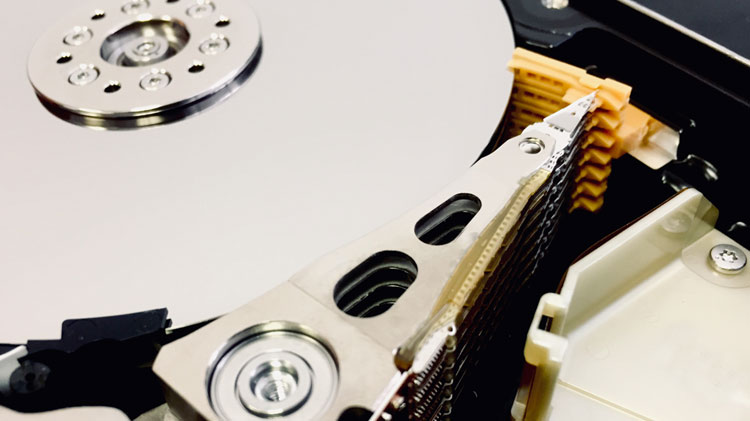
It has been quite some time since helium-filled hard drives first entered the marketplace. It was HGST, a subsidiary of Western Digital that introduced the world’s first commercial helium-filled hard drives. That was in 2013 and they were an item targeted for data centers. Since that time, the company has released two more generations of these helium drives including two models that have 10TB capacity.
Currently, both Seagate and Western Digital manufacture helium-based hard drives. Seagate was also sitting at the top of this market with drives that have a capacity of 16 TB, that is until Western Digital shocked the market with it’s 20TB Data center hard drive. Seagate is still yet to release the 18TB and 20TB hard drives some time in 2020.
Are Helium-Filled Drives Better?
With any product, there are going to be pros and cons, and sometimes personal preference will have some influence on those. For example, helium-filled hard drives are quieter. That’s simply because the hard drive components are floating over the helium and not dragging over the air. This means that less energy is used and according to Backblaze, helium-filled drives will use 20% less energy than your average hard drive.
But are they more reliable than their air-filled counterparts?
Using the Annual Failure Rate (AFR) as a guideline to measure the two, there does not appear to be much of a difference between helium or air-filled hard drives. You could use this information to conclude that helium does not affect the AFR of hard drives when compared to air-filled.
But when you factor in some science, we discover an interesting possibility. Helium tends to escape or leak out of even the best-sealed environments. This means there could be an argument that helium-filled hard drives could eventually lose their helium. Time will tell and the AFR numbers could show a shift as a result. Until then, we can only speculate.
What About Data Recovery?
Well, this is a bit on the painful side. You may want to be seated when you read what I am about to say regarding data recovery of helium-filled hard drives. If there happens to be a mechanical issue with the hard drive, and in order to complete the data recovery there are replacement parts required, it is going to be a little tricky.
Without having a helium-sealed clean room bench, data recovery success from these types of hard drives can range from 80% down to 10%.
There is sort of a silver lining here with a disclaimer. Helium-based hard drives can still run on air. However, for only a short period until they overheat and cause a head crash.
The upside here is that over time, the popularity of helium-filled hard drives is going to continue to grow. With that in mind, data recovery companies will have to adapt to service clients with these drives. It won’t be long where helium-sealed cleanroom benches will be a requirement in every data recovery service area.
The downside – at this point – is that not even the largest companies in the world have these machines featured in their labs.
Where Does That Put Us?
Well, you may be interested to note that we are in the process of becoming one of those data recovery companies that will be making the move to be able to accommodate clients with helium-filled hard drive issues.
What that means is that we are currently custom manufacturing a helium-sealed clean room bench and should have a prototype completed by the end of this year. If you are interested in following our progress in this exciting change in our industry and what it could mean for you, all you have to do is follow our blog.
When you subscribe to our blog you will receive notices of when new blogs have been published. We focus our blogs on data recovery news and will provide updates over the next few months regarding our helium-sealed clean room bench.
It is going to be an exciting expansion of our services!
